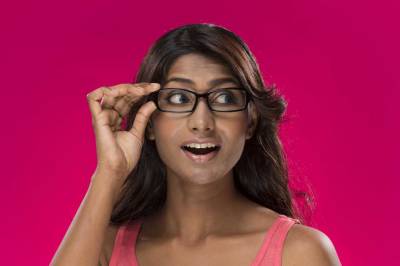Not all Retinas are created equal; similarly, not all lenses are created equal. The reason why you find such a big difference in lens prices is because there is such a big difference in lenses. At Sight N' Steps Ajax and Pickering locations, the only lenses we dispense for our patients are the ones made by either Essilor or Nikon. Essilor is the world largest eyewear lens manufacturer and Nikon we all know from the camera lenses that they are one of the top brand of lenses. Even then within the Essilor or Nikon catalogues, the only lenses we dispenses for our patients are the ones that have been extensively researched and been proven successful.
The result of all this effort on our part is improved vision for Sight N' Steps patients, less fatigue, no more eye strain, and none or significantly reduced blurry spots on your peripheral vision.



